Home>Gardening & Outdoor>Landscaping Ideas>How Many Pounds Of Grass Seed Per 1000 Sq Ft
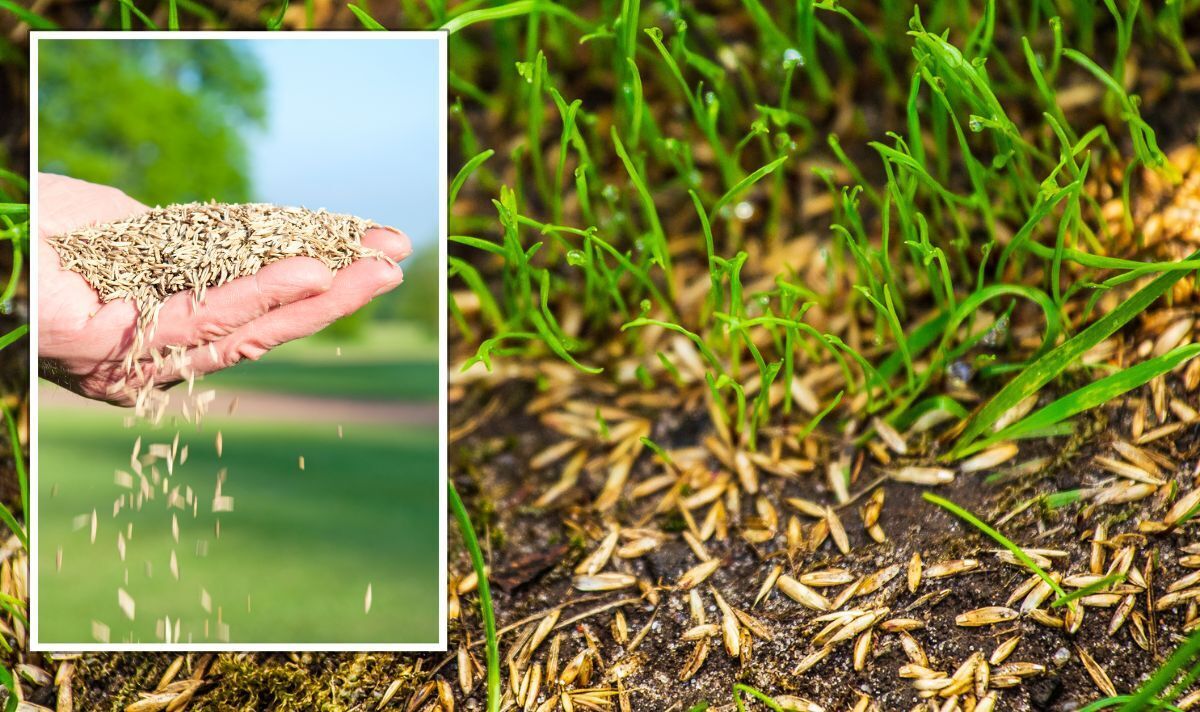

Landscaping Ideas
How Many Pounds Of Grass Seed Per 1000 Sq Ft
Published: January 26, 2024
Discover the ideal pounds of grass seed per 1000 sq ft for your landscaping project. Get expert tips and advice for achieving lush, green lawns. Explore more landscaping ideas!
(Many of the links in this article redirect to a specific reviewed product. Your purchase of these products through affiliate links helps to generate commission for Storables.com, at no extra cost. Learn more)
Introduction
Are you ready to transform your outdoor space with a lush, vibrant lawn? The journey to a verdant carpet of grass begins with understanding the fundamentals of grass seed coverage. Whether you're establishing a new lawn or rejuvenating an existing one, the amount of grass seed you need per 1000 square feet is a crucial factor in achieving the desired results. In this comprehensive guide, we'll delve into the intricacies of grass seed coverage, explore the factors that influence it, and equip you with the knowledge to calculate the ideal amount of grass seed for your specific lawn size. Additionally, we'll share valuable tips to ensure a successful and thriving grass seeding experience. So, roll up your sleeves and get ready to embark on a journey to a greener, more vibrant lawn!
Key Takeaways:
- Calculate the right amount of grass seed by considering factors like grass species, germination rate, and desired lawn density. Proper preparation and distribution lead to a lush, healthy lawn.
- Follow expert tips for successful grass seeding, including selecting the right grass species, preparing the soil, and providing adequate watering and care. Seek professional guidance for tailored advice.
Read more: How Many Lbs Of Grass Seed Per Sq. Ft.
Understanding Grass Seed Coverage
Grass seed coverage refers to the amount of grass seed required to effectively cover a specific area of land, typically measured in square feet. Understanding this concept is essential for achieving optimal germination and establishing a healthy, dense lawn. The coverage is influenced by various factors such as the type of grass seed, its germination rate, and the desired density of the resulting lawn. Different grass species have varying coverage recommendations due to differences in seed size, germination rates, and growth habits.
It’s important to note that the coverage indicated on grass seed packaging is a general guideline and may need to be adjusted based on specific soil and environmental conditions. In addition to the quantity of seed required, proper distribution methods, watering practices, and soil preparation also play pivotal roles in successful grass seeding.
By gaining a deeper understanding of grass seed coverage, you’ll be better equipped to make informed decisions when planning and executing your lawn seeding project. This knowledge empowers you to optimize the use of grass seed, minimize waste, and ultimately achieve a lush, healthy lawn that enhances the beauty of your outdoor space.
Factors Affecting Grass Seed Coverage
Several key factors influence the amount of grass seed needed to achieve optimal coverage for a specific area. Understanding these factors is crucial for determining the appropriate quantity of seed and ensuring successful germination and establishment of a healthy lawn.
- Grass Species: Different grass species have varying seed sizes and germination rates, directly impacting the coverage required. For example, fine fescue seeds are smaller and require a lower seeding rate compared to Kentucky bluegrass, which has larger seeds and a higher recommended seeding rate.
- Germination Rate: The germination rate of grass seed, expressed as a percentage, indicates the likelihood of individual seeds sprouting under ideal conditions. A lower germination rate may necessitate a higher seeding rate to compensate for potential non-germinating seeds.
- Desired Lawn Density: The desired thickness and density of the resulting lawn also influence the amount of seed needed. For a more lush and dense lawn, a higher seeding rate may be required to achieve adequate coverage.
- Soil Conditions: The quality and condition of the soil, including its fertility, moisture levels, and texture, can impact seed germination and establishment. Poor soil conditions may necessitate adjustments to the seeding rate to compensate for potential challenges.
- Environmental Factors: Climate, temperature, and sunlight exposure can affect the germination and growth of grass seed. Regions with cooler temperatures and limited sunlight may require higher seeding rates to achieve optimal coverage.
By considering these factors and their potential impact on grass seed coverage, you can make informed decisions when determining the appropriate seeding rate for your lawn. Additionally, conducting a soil test and consulting with local landscaping experts can provide valuable insights into the specific requirements of your lawn and guide your seeding approach for optimal results.
For a typical lawn, it is recommended to use 3-5 pounds of grass seed per 1000 square feet. However, for a thicker lawn, you may want to use 6-8 pounds per 1000 square feet.
Calculating Grass Seed Coverage for 1000 Sq Ft
When embarking on a grass seeding project, accurately calculating the amount of grass seed needed for a 1000 square foot area is essential for achieving successful germination and establishing a thriving lawn. The following steps outline a straightforward method for determining the appropriate quantity of grass seed:
- Identify the Grass Species: Determine the specific type of grass seed you plan to use for your lawn. Different grass species have unique seeding rate recommendations based on their seed size and germination characteristics.
- Refer to Seeding Rate Guidelines: Consult reliable sources, such as seed packaging information or local agricultural extension services, to obtain the recommended seeding rate for the chosen grass species. Seeding rates are typically expressed in pounds of seed per 1000 square feet.
- Calculate the Seeding Rate: Use the recommended seeding rate to calculate the quantity of grass seed needed for a 1000 square foot area. This can be achieved by multiplying the seeding rate (in pounds per 1000 square feet) by the actual area you intend to cover.
- Adjust for Specific Conditions: Consider any unique soil or environmental conditions that may warrant adjustments to the seeding rate. For example, poor soil quality or shaded areas may require higher seeding rates to compensate for potential challenges to seed germination and establishment.
- Optimize Distribution: Once the quantity of grass seed has been determined, ensure thorough and even distribution across the designated area. Proper distribution methods, such as using a seed spreader, can contribute to uniform coverage and successful germination.
By following these steps and considering the specific requirements of your lawn, you can accurately calculate the amount of grass seed needed to cover a 1000 square foot area. This approach empowers you to optimize seed usage, minimize waste, and lay the foundation for a healthy and vibrant lawn.
Tips for Successful Grass Seeding
Embarking on a grass seeding project presents an opportunity to cultivate a lush and vibrant lawn that enhances the beauty of your outdoor space. To maximize the success of your seeding endeavors and nurture healthy grass growth, consider the following valuable tips:
- Select the Right Grass Species: Choose grass species that are well-suited to your local climate, soil conditions, and intended use of the lawn. Selecting the appropriate grass species sets the stage for successful establishment and long-term resilience.
- Prepare the Soil: Prior to seeding, prepare the soil by removing debris, breaking up compacted areas, and addressing any soil imbalances. Consider conducting a soil test to assess nutrient levels and pH, and make any necessary amendments to create an optimal environment for seed germination.
- Follow Seeding Guidelines: Adhere to the recommended seeding rates for your chosen grass species. Avoid over-seeding, as this can lead to competition among seedlings and hinder overall establishment. Proper seeding rates contribute to uniform coverage and healthy lawn development.
- Ensure Adequate Watering: Proper watering is essential for seed germination and early growth. Keep the seeded area consistently moist, but avoid excessive saturation that can lead to runoff or waterlogged soil. Monitor soil moisture levels and adjust watering practices as needed to support healthy germination.
- Provide Protection and Care: Protect the seeded area from foot traffic, erosion, and excessive drying. Consider using straw or erosion control blankets to safeguard the soil and emerging seedlings. Additionally, practice regular maintenance, such as mowing at the appropriate height once the grass is established.
- Monitor Germination and Growth: Keep a close eye on the seeded area to monitor germination progress and early growth. Be patient, as germination times can vary based on grass species and environmental conditions. Address any issues promptly to support the healthy development of the emerging grass.
- Seek Professional Guidance: When in doubt, consult with local landscaping professionals or agricultural extension services for tailored advice and insights. Local experts can provide valuable recommendations based on regional conditions and help troubleshoot any challenges you may encounter during the seeding process.
By incorporating these tips into your grass seeding approach, you can foster an environment conducive to successful germination and establishment of a healthy, vibrant lawn. With careful planning, proper execution, and attentive care, you’ll be on your way to enjoying the beauty and resilience of a thriving grassy landscape.
Read more: How Many Pounds Of Wheat Seed Per Acre
Conclusion
As you set out to transform your outdoor space with the beauty of a lush, vibrant lawn, understanding the nuances of grass seed coverage is paramount. By delving into the intricacies of grass seed coverage, considering the factors that influence it, and mastering the art of calculating the ideal amount of grass seed for your specific lawn size, you’re equipped to embark on a journey to a greener, more vibrant landscape.
Remember, the success of your grass seeding project hinges on thoughtful planning, proper execution, and attentive care. Selecting the right grass species, preparing the soil, following seeding guidelines, and providing adequate protection and care are all essential components of nurturing healthy grass growth. Additionally, seeking professional guidance and monitoring the germination and growth process can further enhance the likelihood of achieving a thriving lawn.
As you navigate the exciting process of grass seeding, remember that every step you take contributes to the creation of a verdant, inviting outdoor space. With the knowledge and tips shared in this guide, you’re well-equipped to make informed decisions, optimize seed usage, and lay the foundation for a healthy and vibrant lawn that will be enjoyed for years to come.
So, roll up your sleeves, embrace the journey, and revel in the satisfaction of nurturing a landscape that exudes the timeless allure of a flourishing, vibrant lawn.
Frequently Asked Questions about How Many Pounds Of Grass Seed Per 1000 Sq Ft
Was this page helpful?
At Storables.com, we guarantee accurate and reliable information. Our content, validated by Expert Board Contributors, is crafted following stringent Editorial Policies. We're committed to providing you with well-researched, expert-backed insights for all your informational needs.
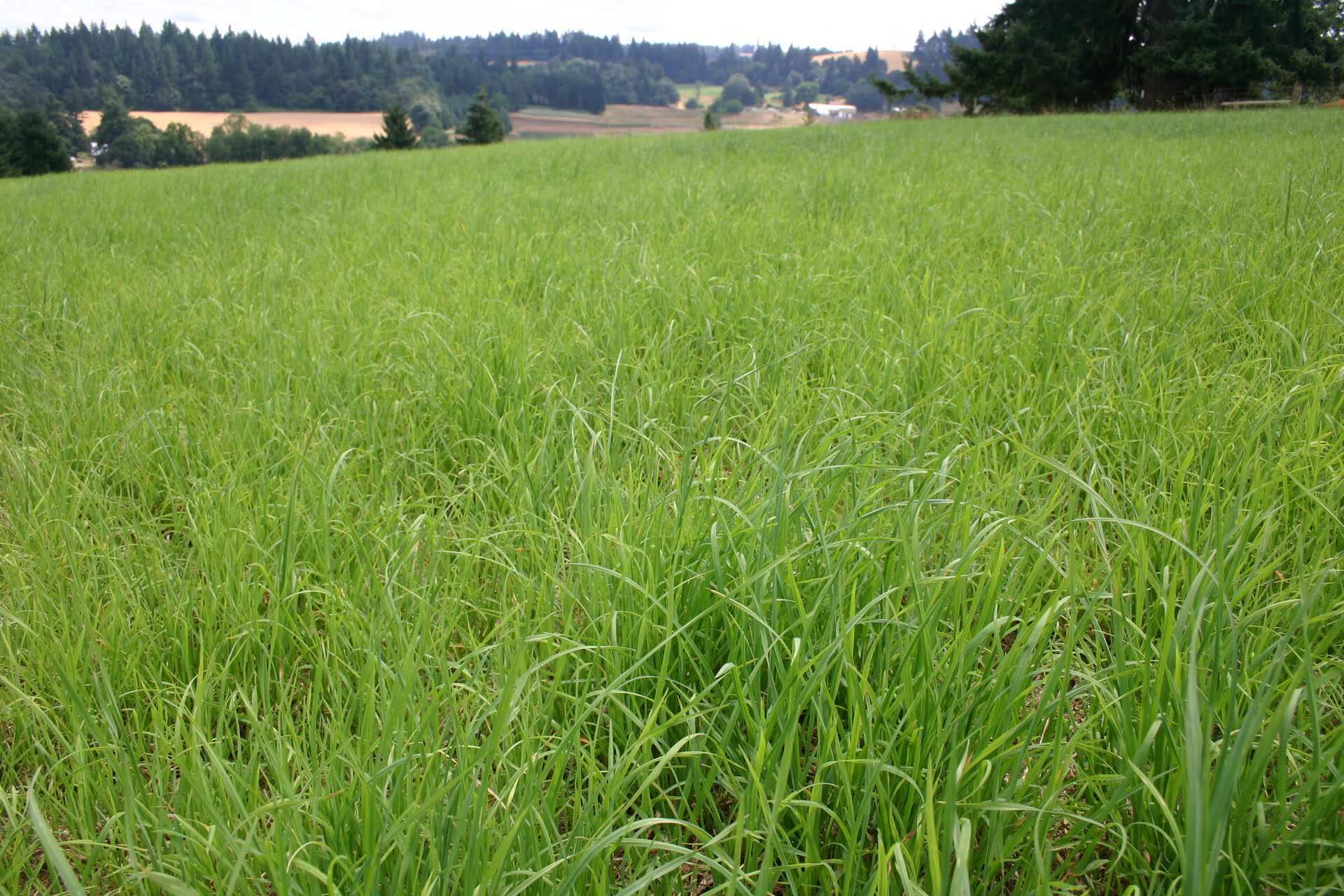

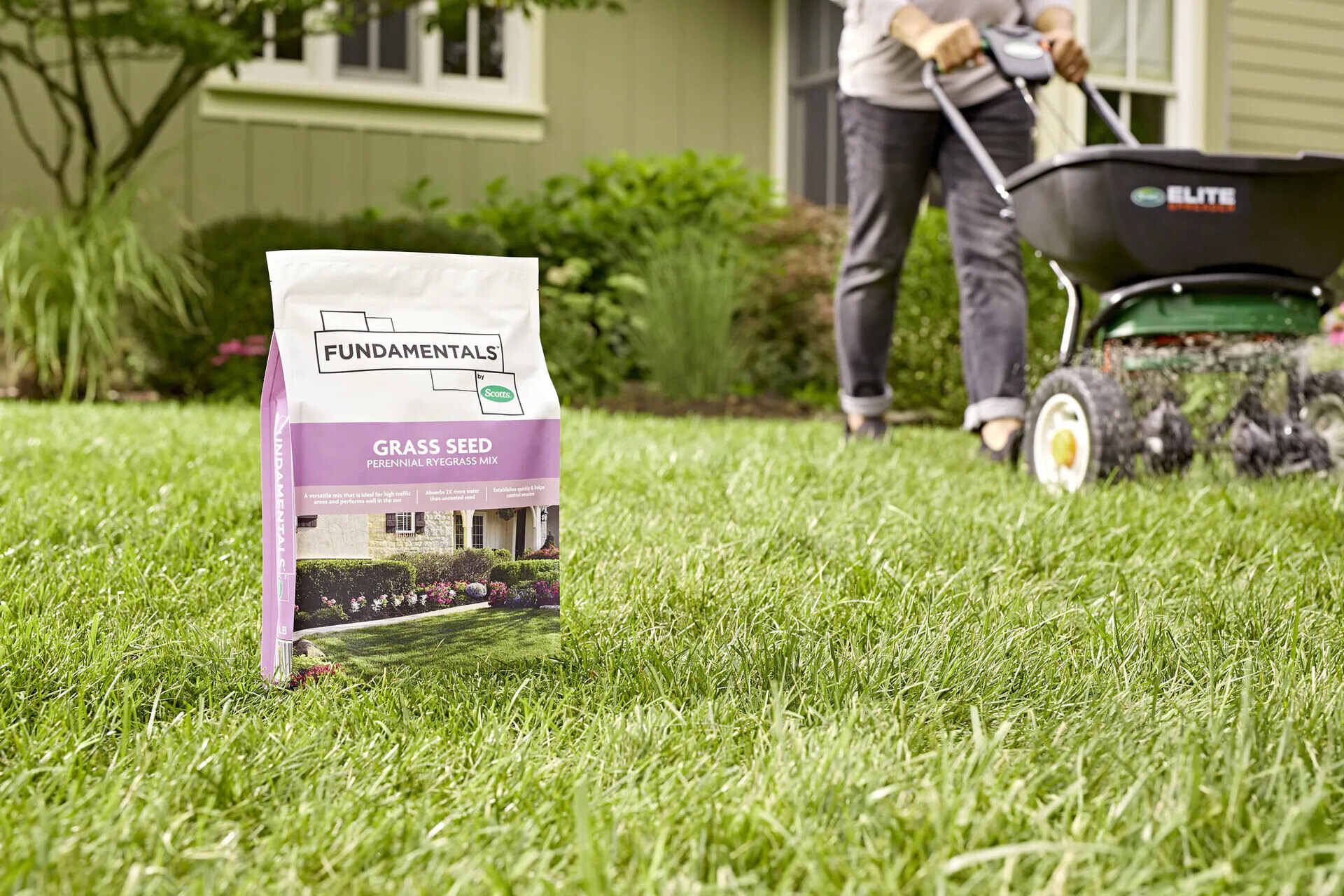
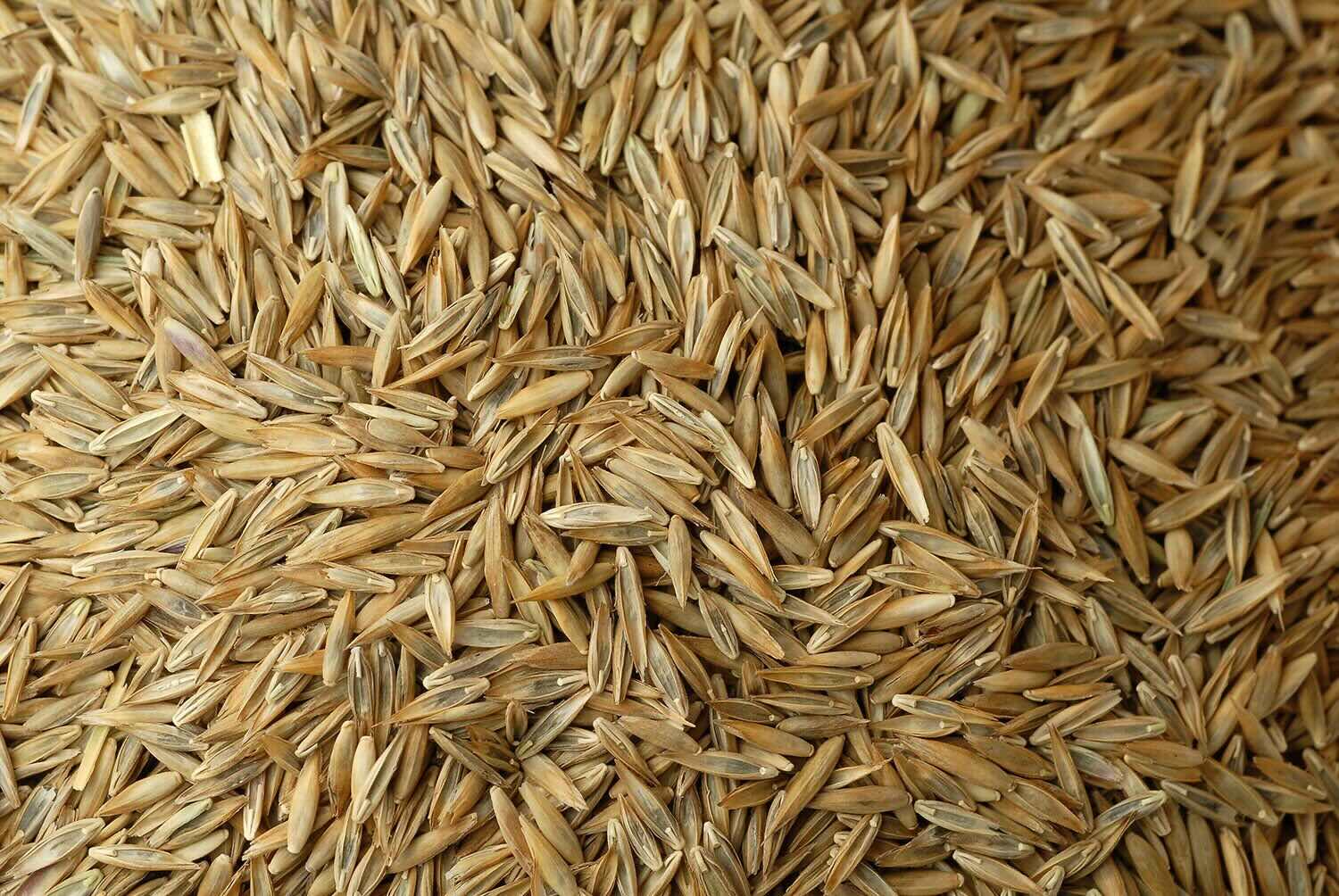
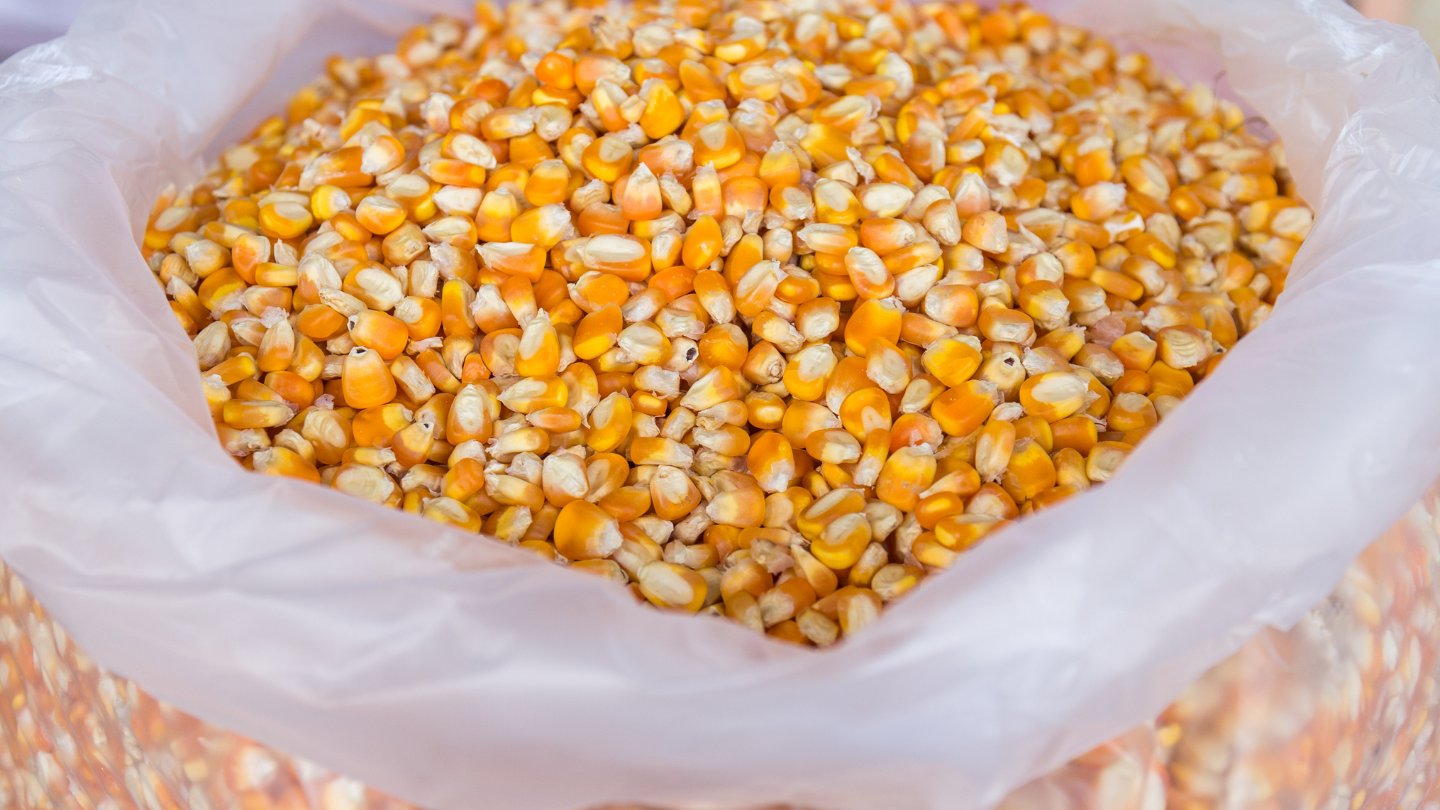






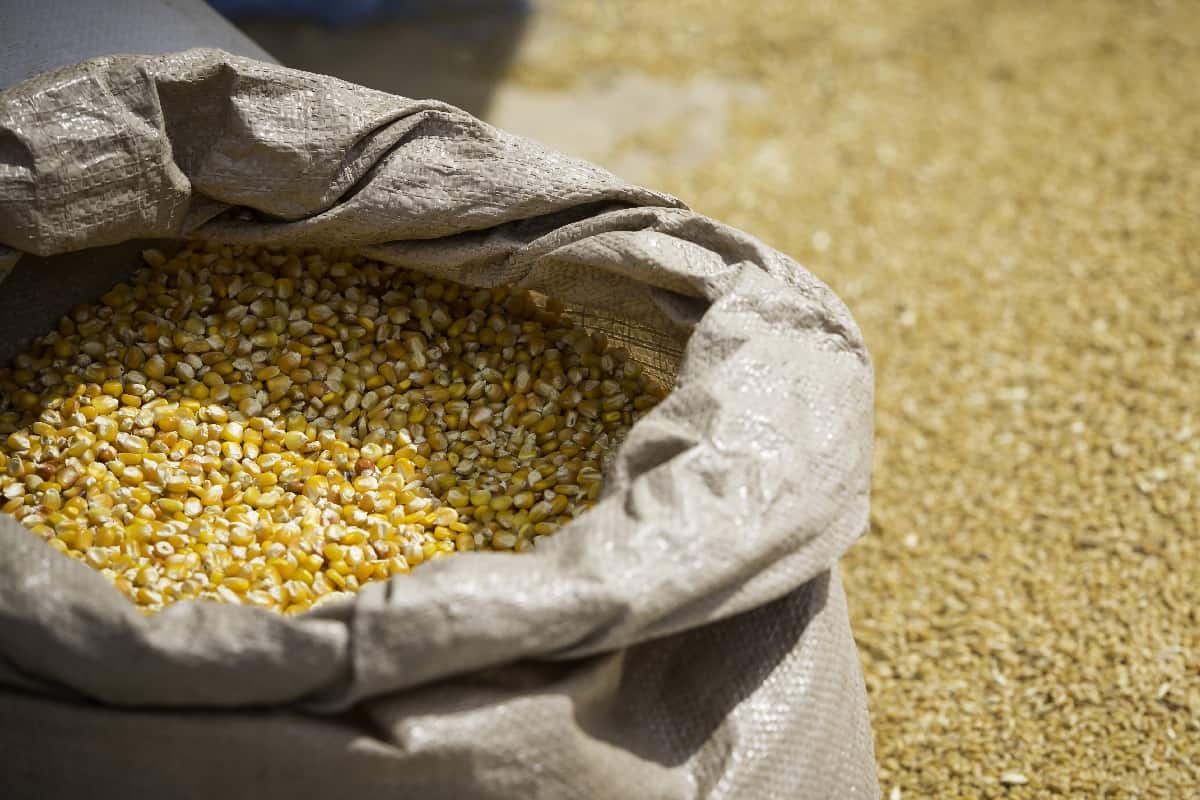
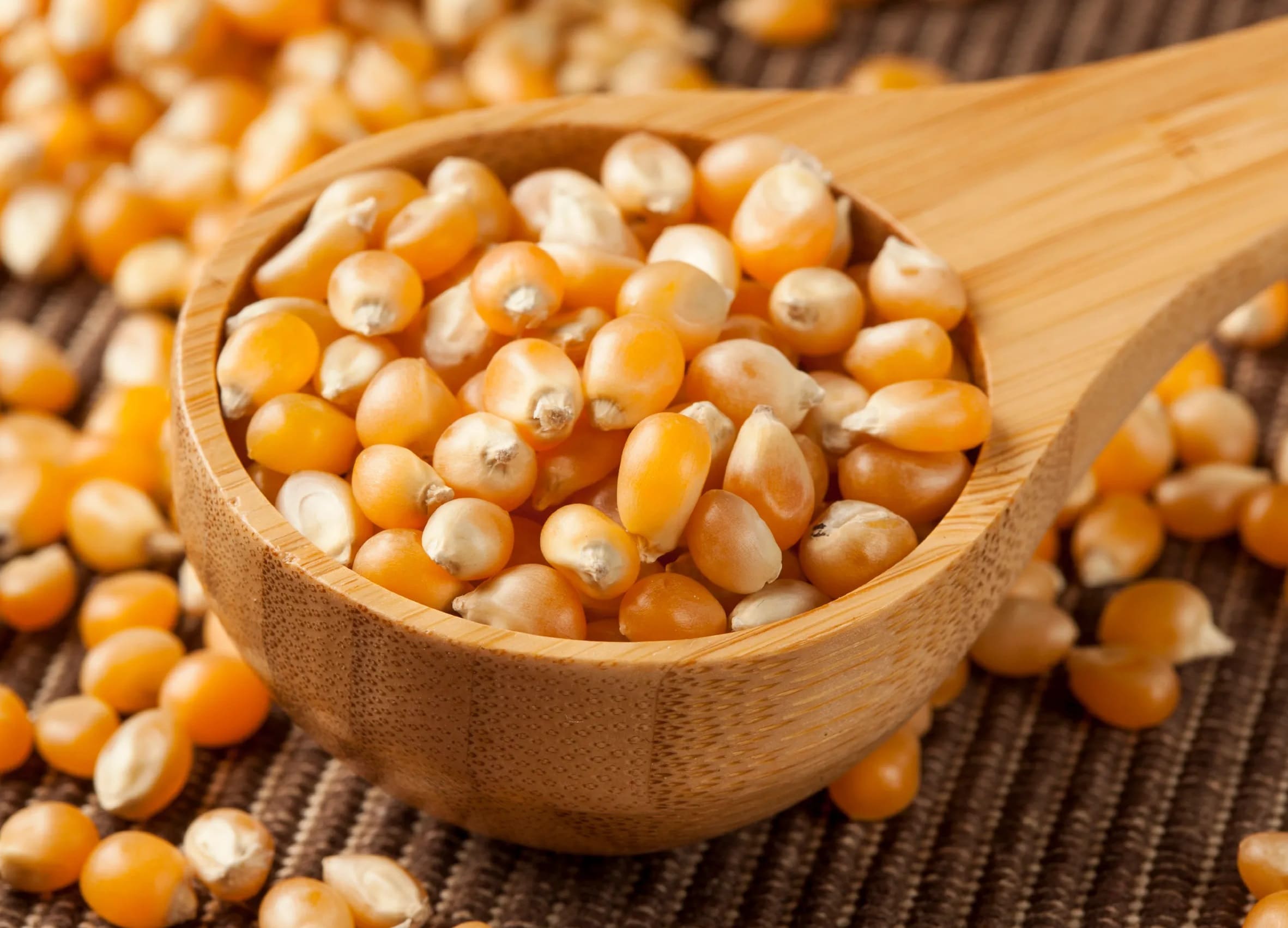


0 thoughts on “How Many Pounds Of Grass Seed Per 1000 Sq Ft”